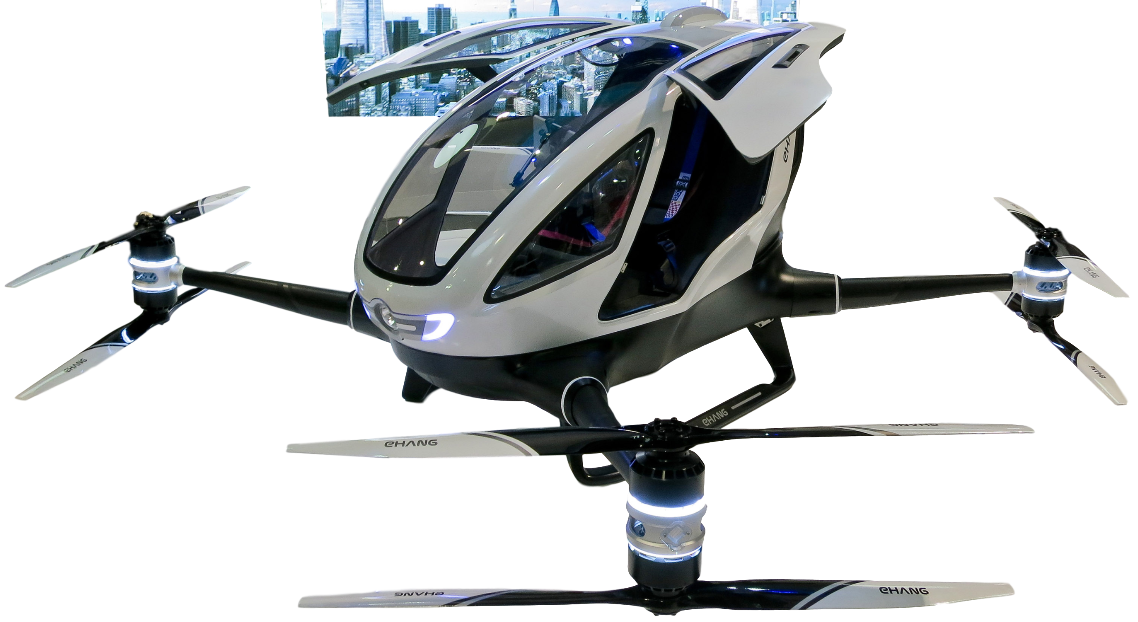Imagine taking off in an air ambulance but without a pilot! Seems like a scene from a science fiction movie, right? Well, not anymore. The technology is already a reality, and now, the efforts are on to make it more widely available. The International Civil Aviation Organization has set out on an ambitious project that will soon see our skies fill with autonomous air ambulance vehicles. The fact that these will be “electric vertical take-off and landing vehicles” makes the entire prospect even more exciting. In this context, it must be noted that it will be cheaper and more eco-friendly than its yesteryear counterparts.
EHang Air Ambulance is Leading the Way
EHang is a Nasdaq-listed company that has pioneered the autonomous air ambulance vehicle industry. The company finds it origin in China where it has already been deployed during the COVID-19 crisis. Imagine being able to control the air ambulance from the ground. There would not be a need to have the entire crew on board, thus minimizing the risk of contracting the infection. Plus, these compact air ambulance vehicles can easily land and take off without the need for a lot of space. EHang will be the guiding force of the International Civil Aviation Organization’s project and is expected to share its technical and operational expertise in the arena.
Passenger-Grade Aircraft
EHang has found great success in its passenger grade aircraft that it calls the EHang 216. It is a two-seater that is ideal for transporting patients and medical supplies to reasonably short distances. It must be noted that international repatriations will still be something that the traditional air ambulance vehicles will have to undertake. It is noteworthy that most air ambulance evacuations are domestic and involve motor vehicle accidents and medical emergencies due to underlying chronic diseases. It would not be an overstatement to say that autonomous air ambulances are all set to change we handle medical emergencies in the days to come.


